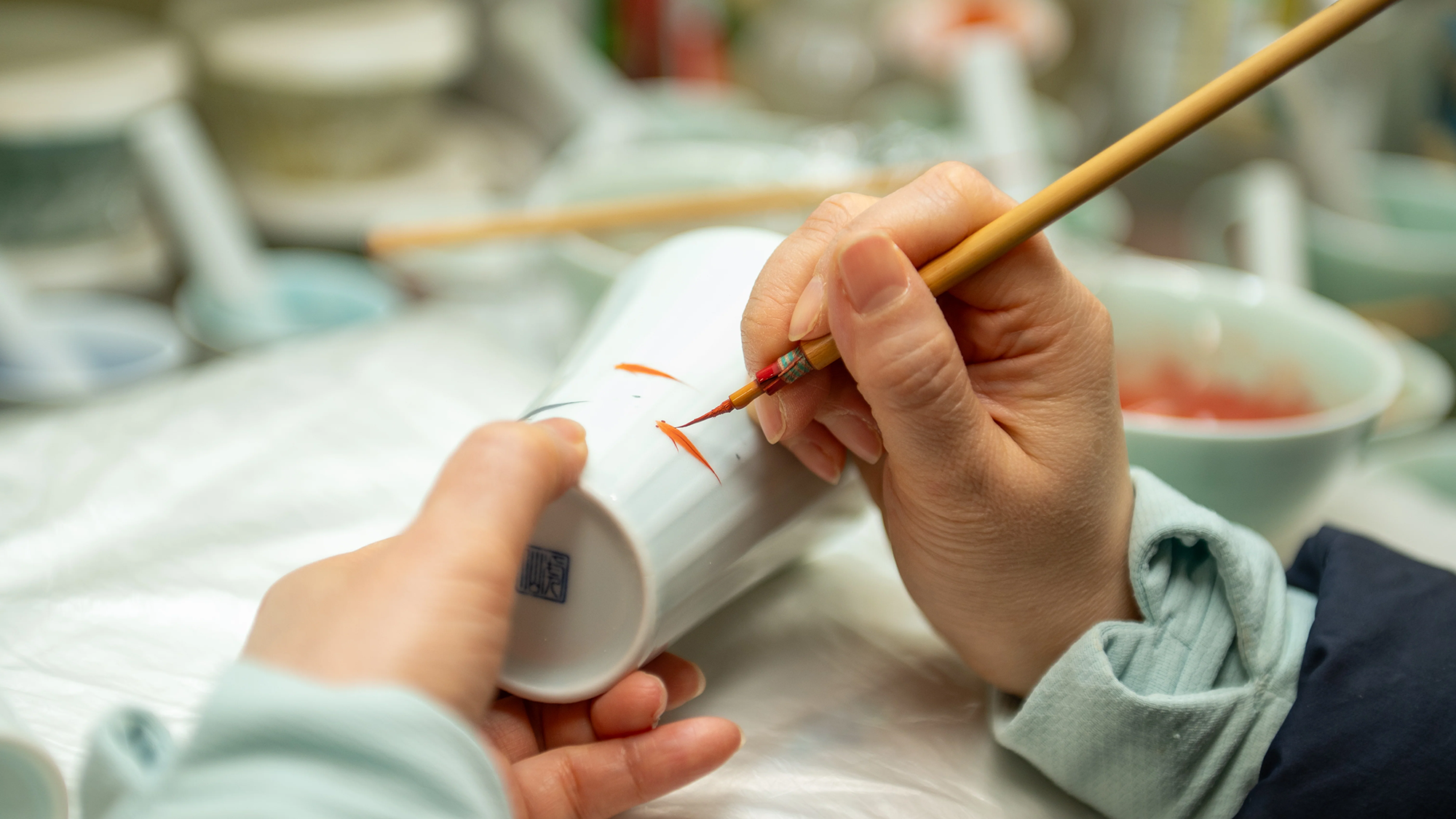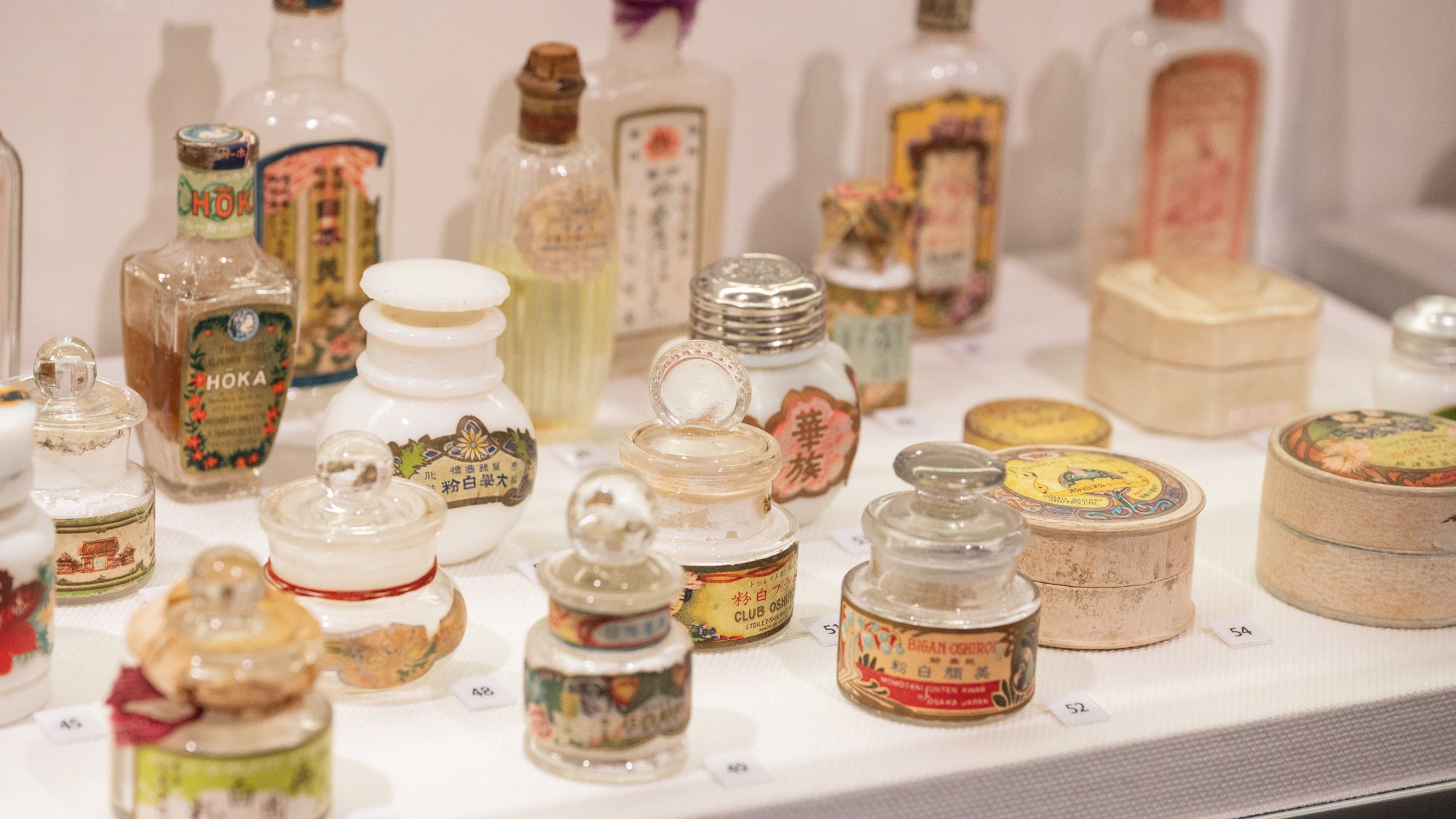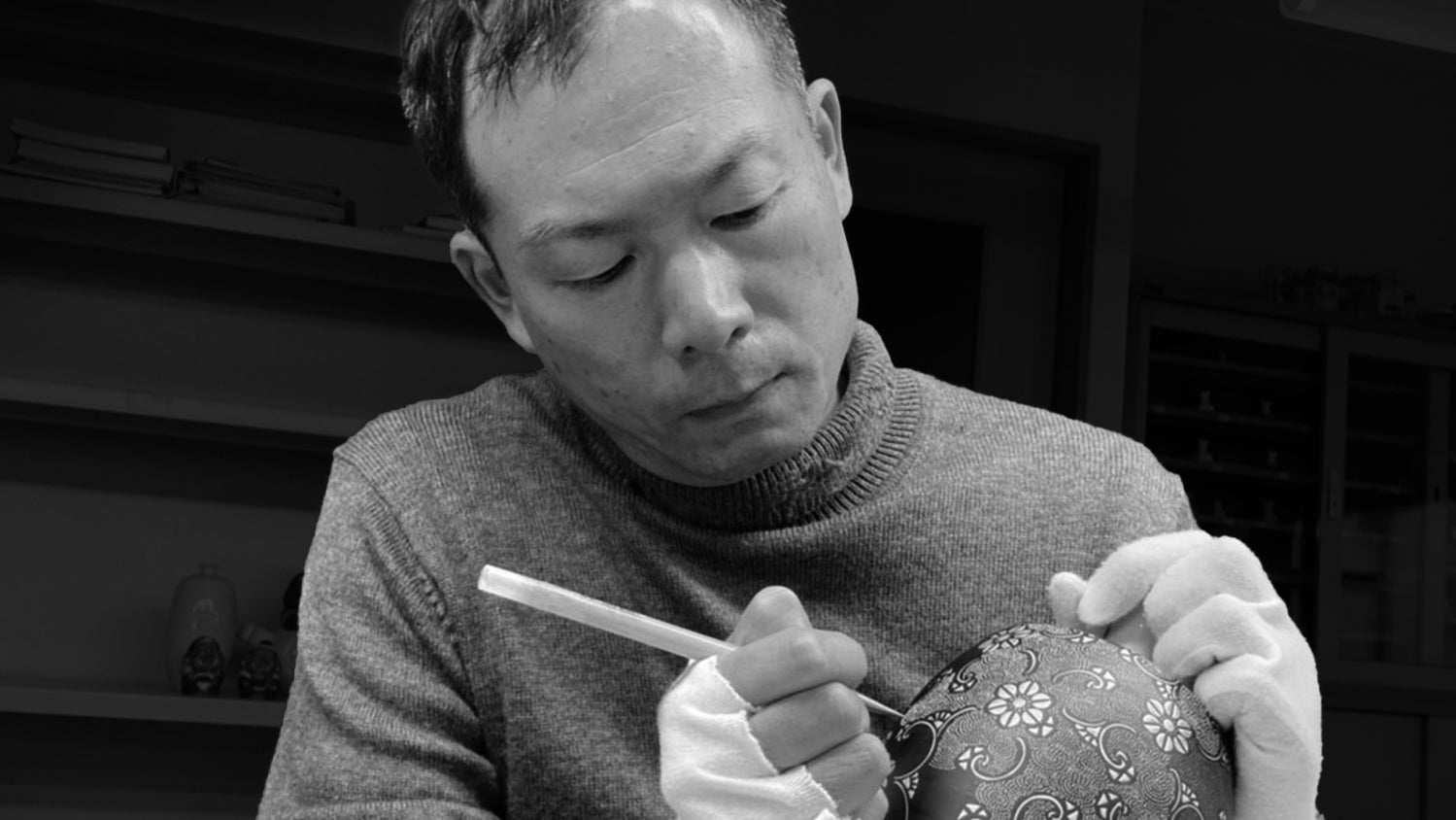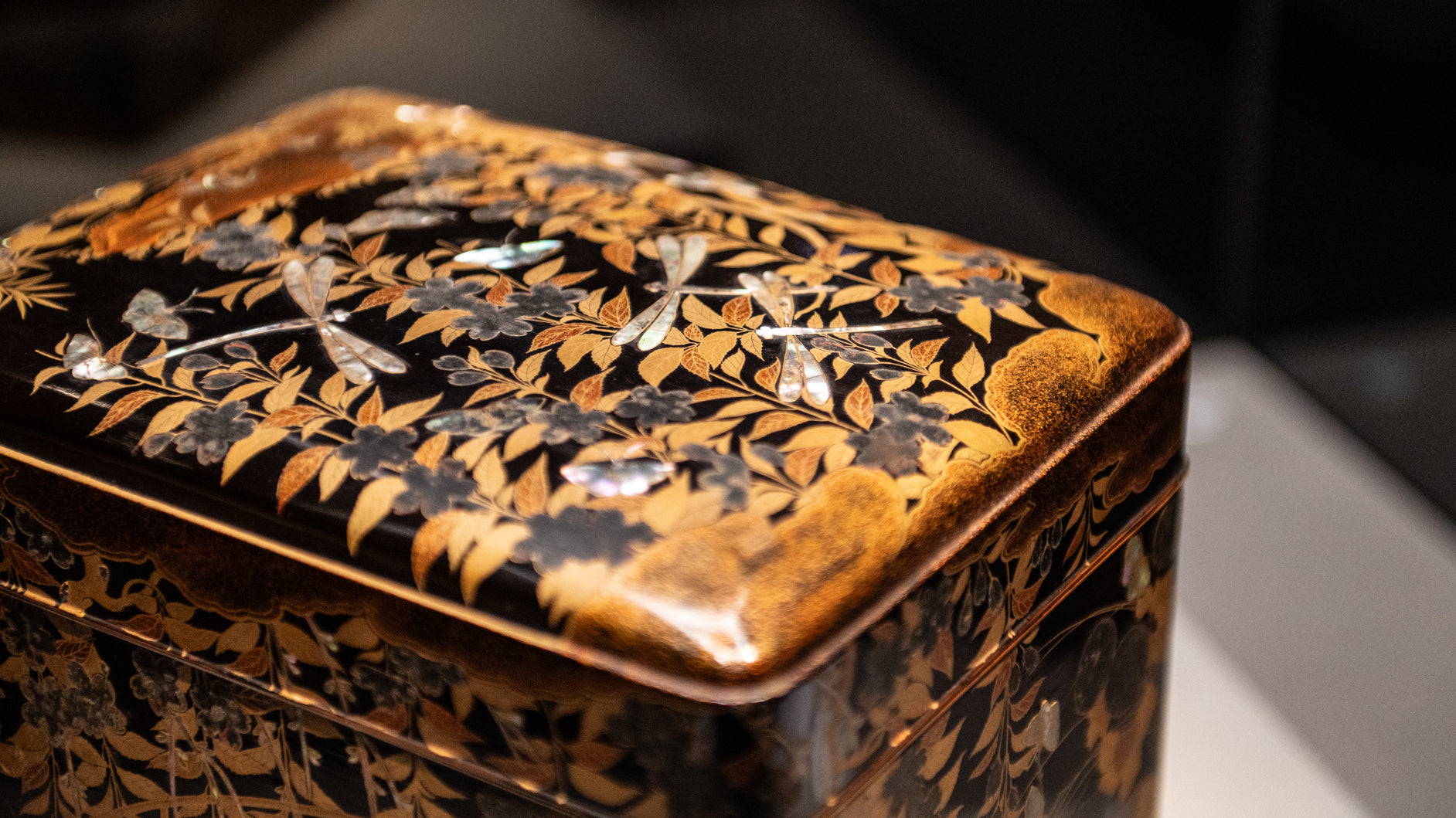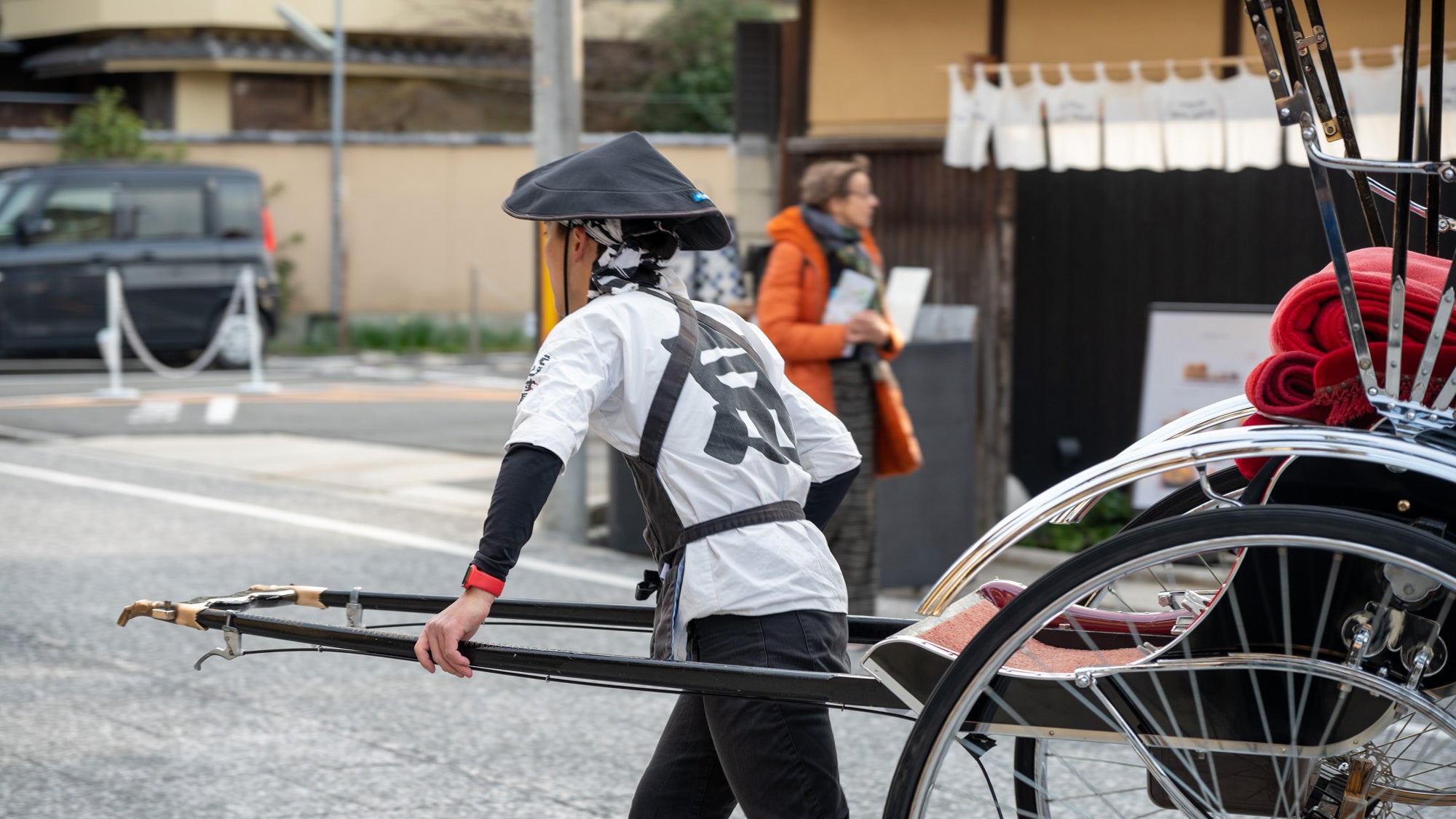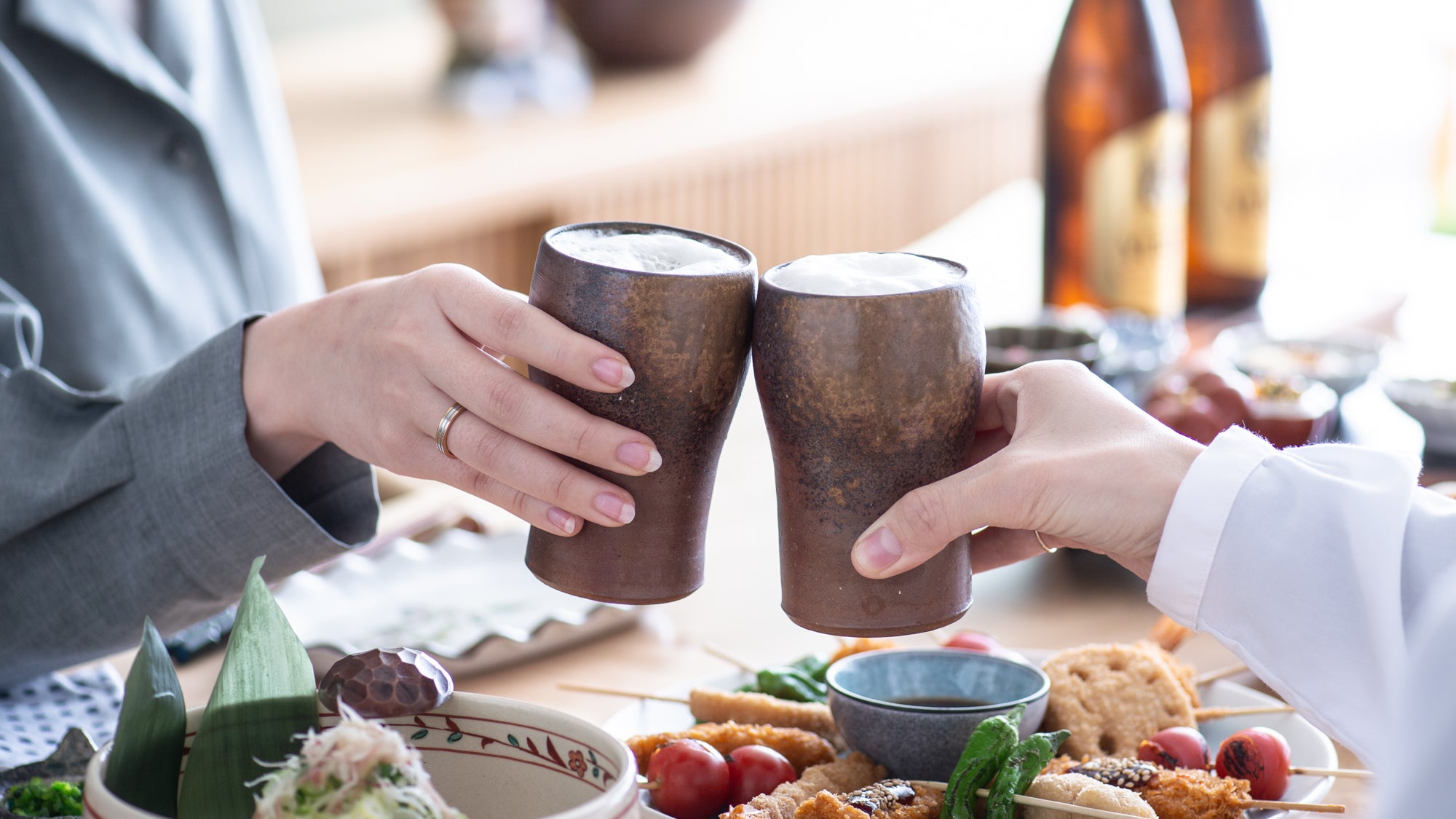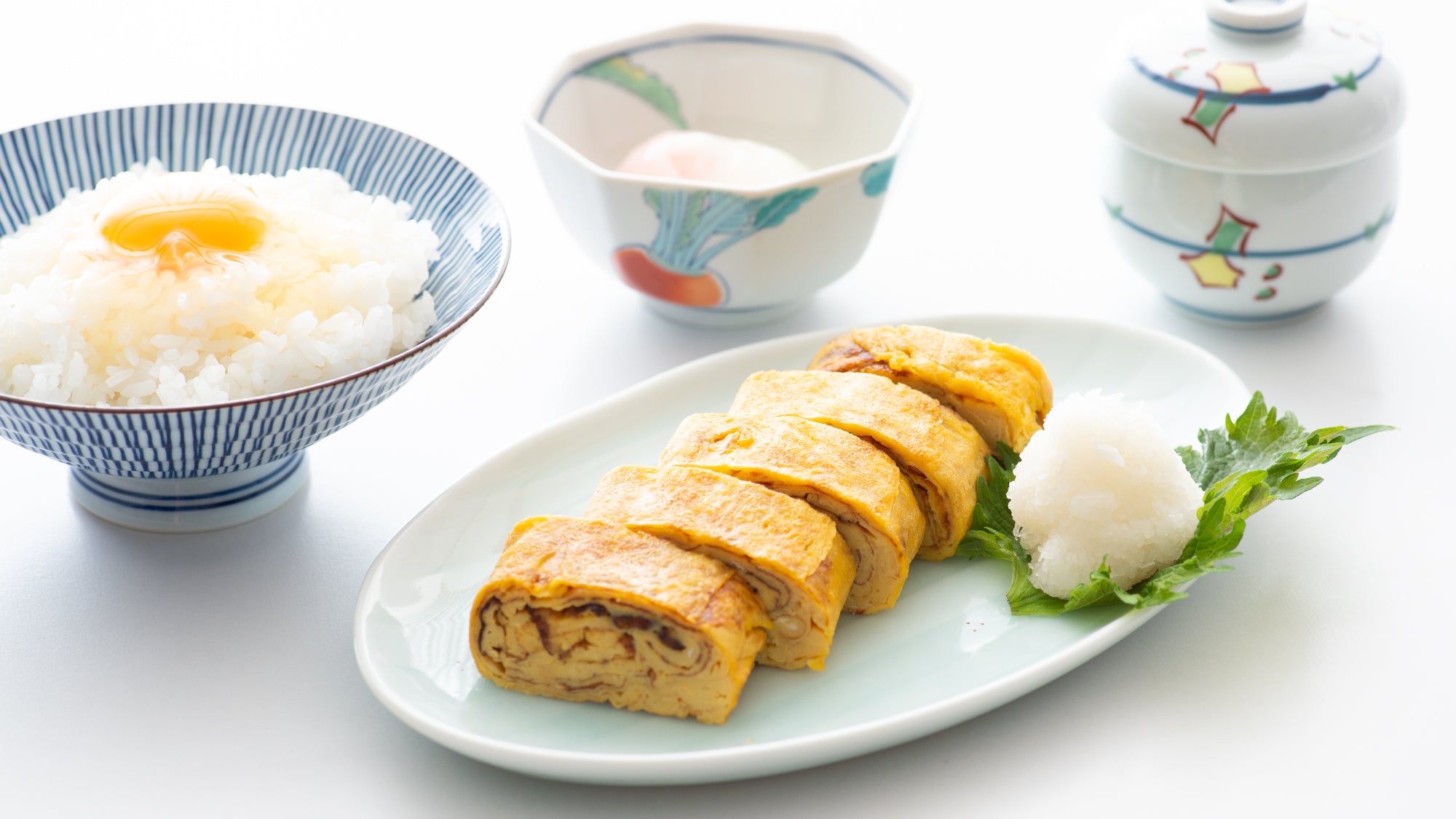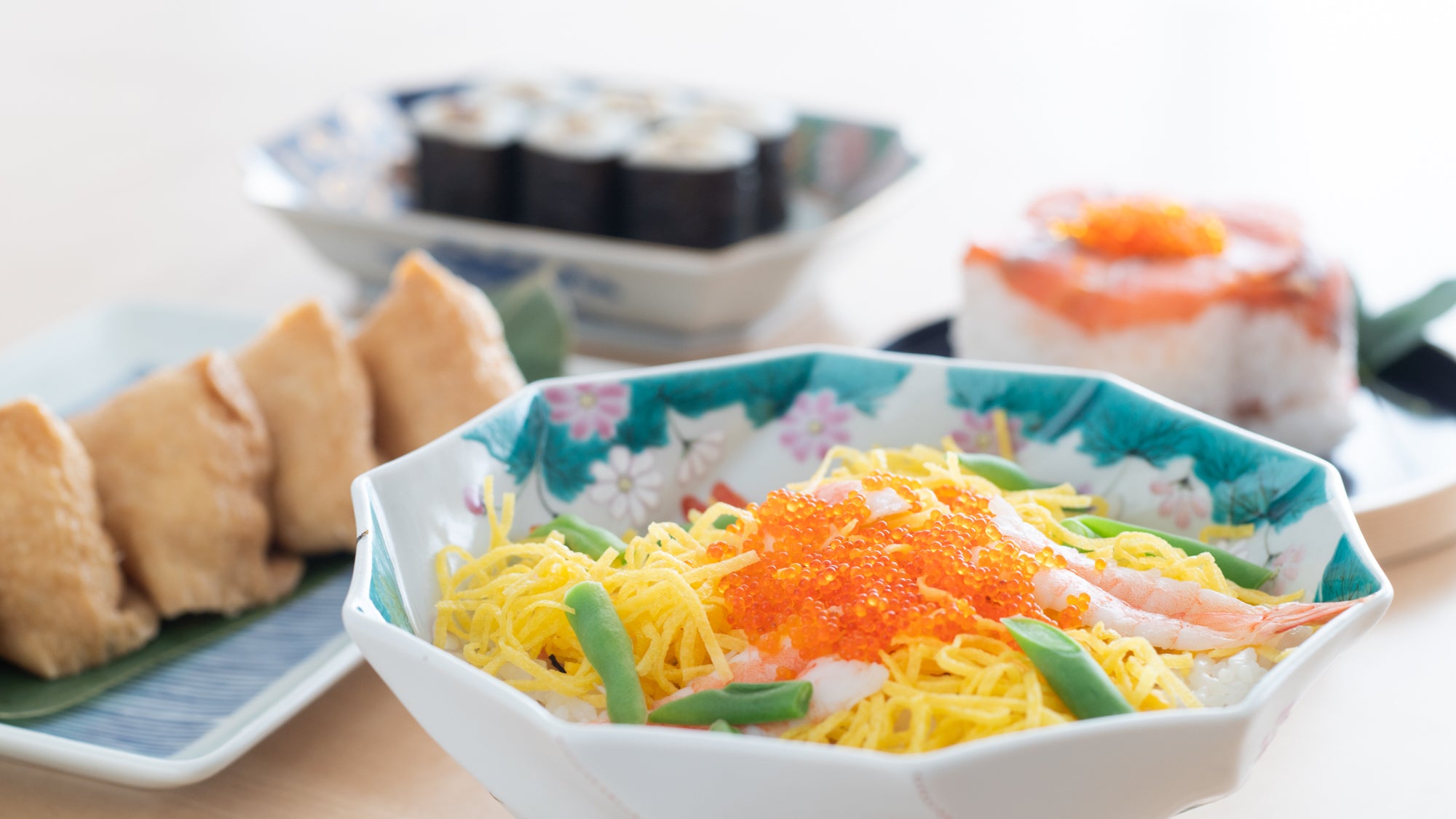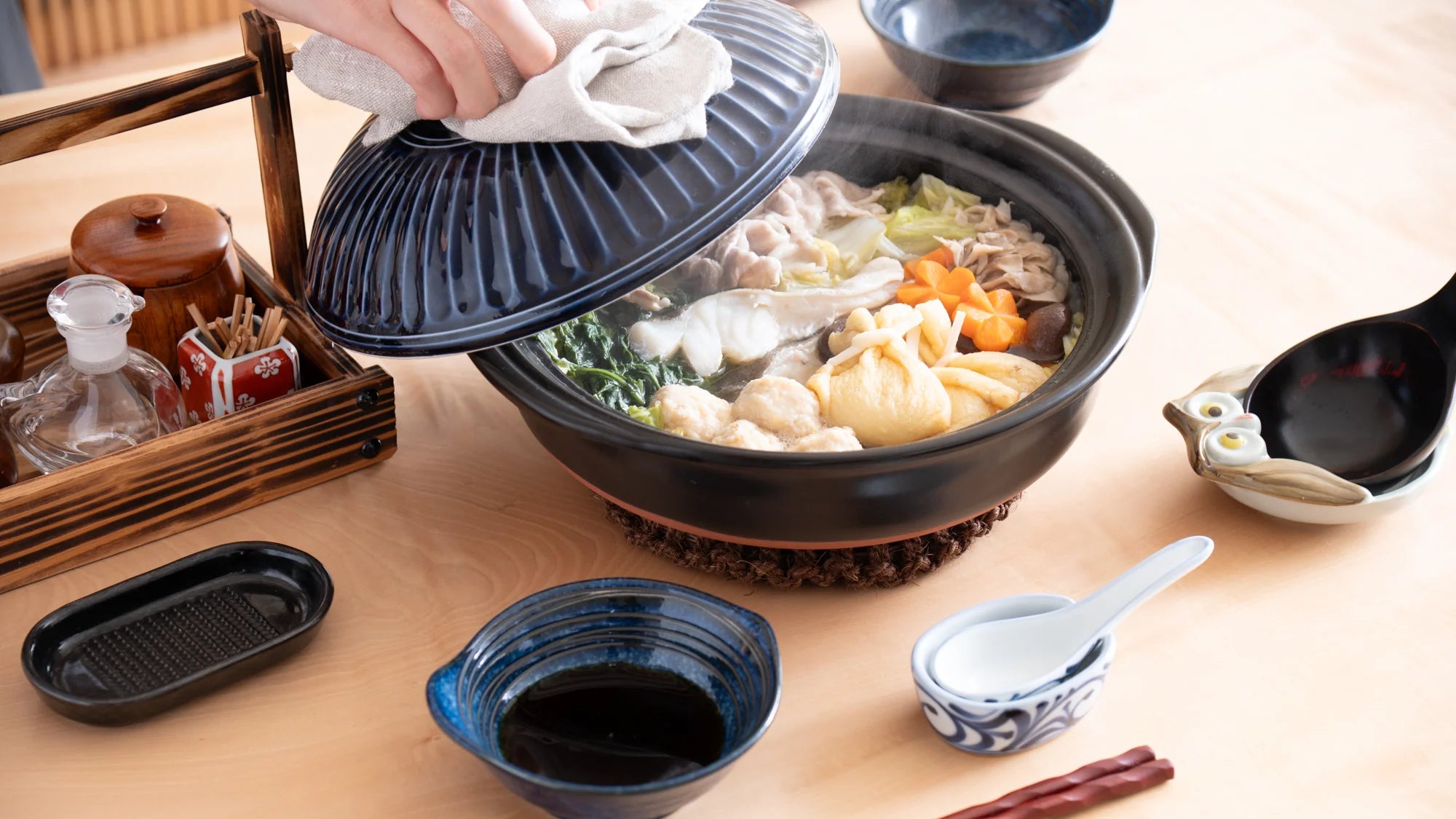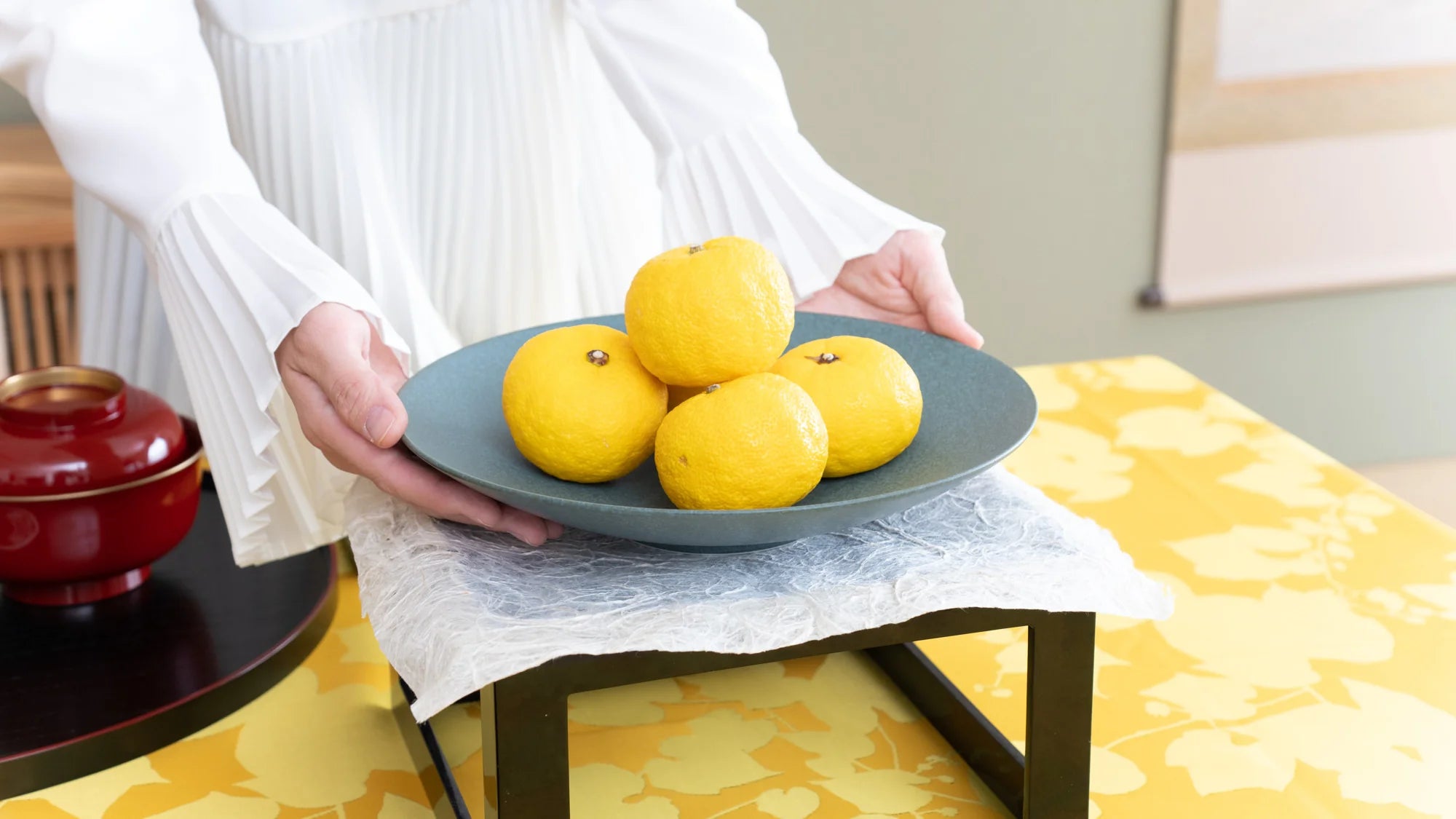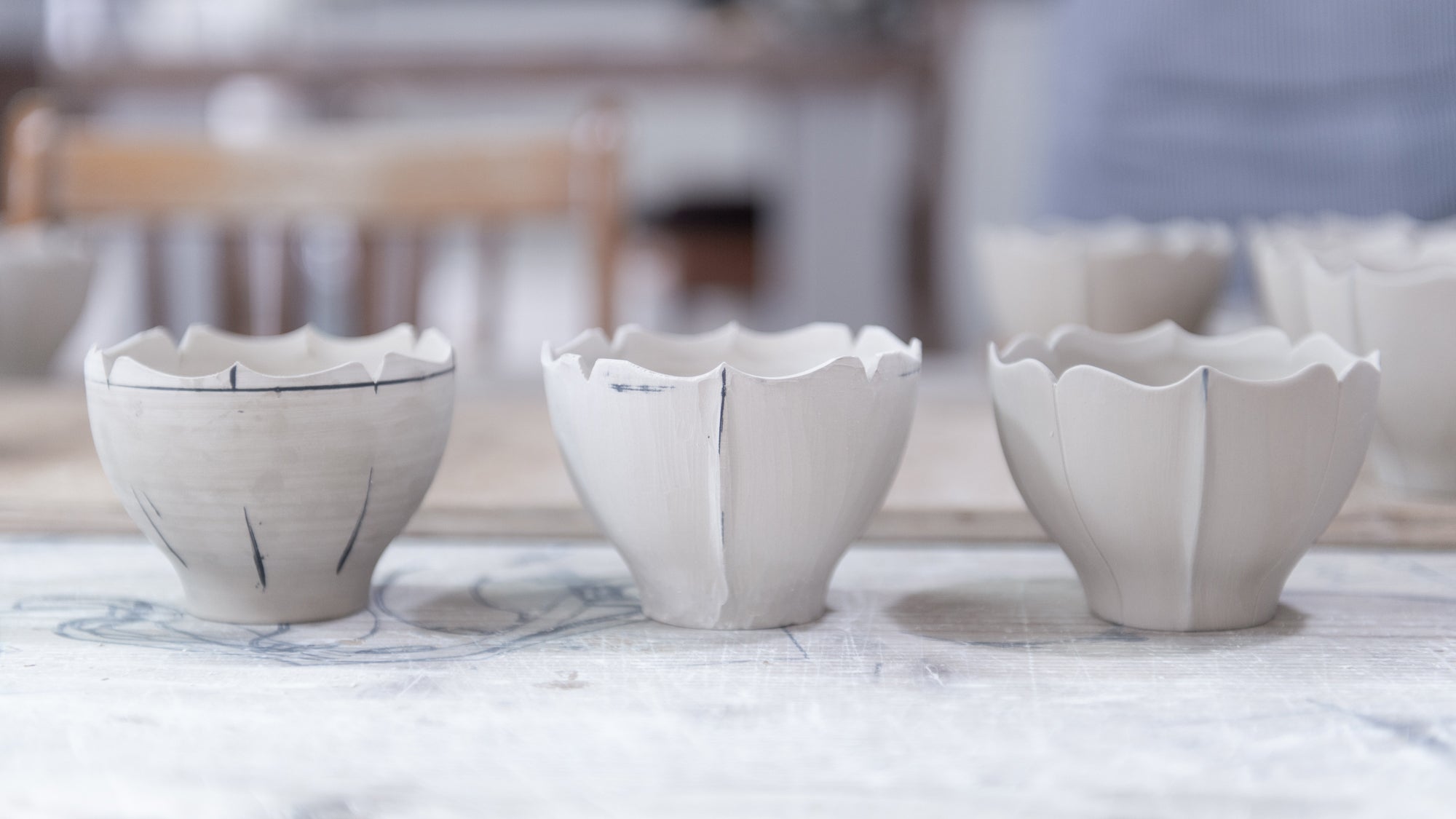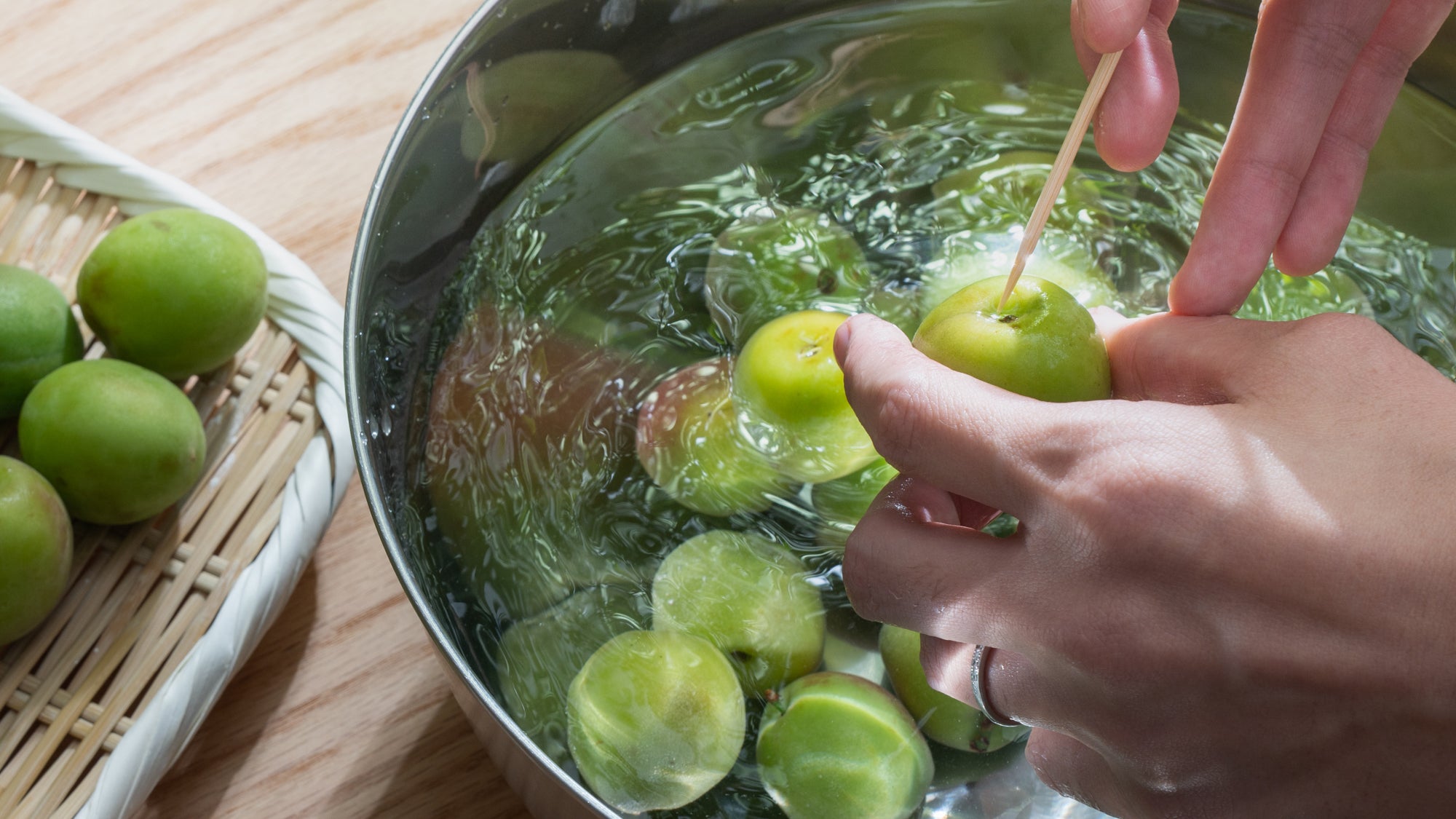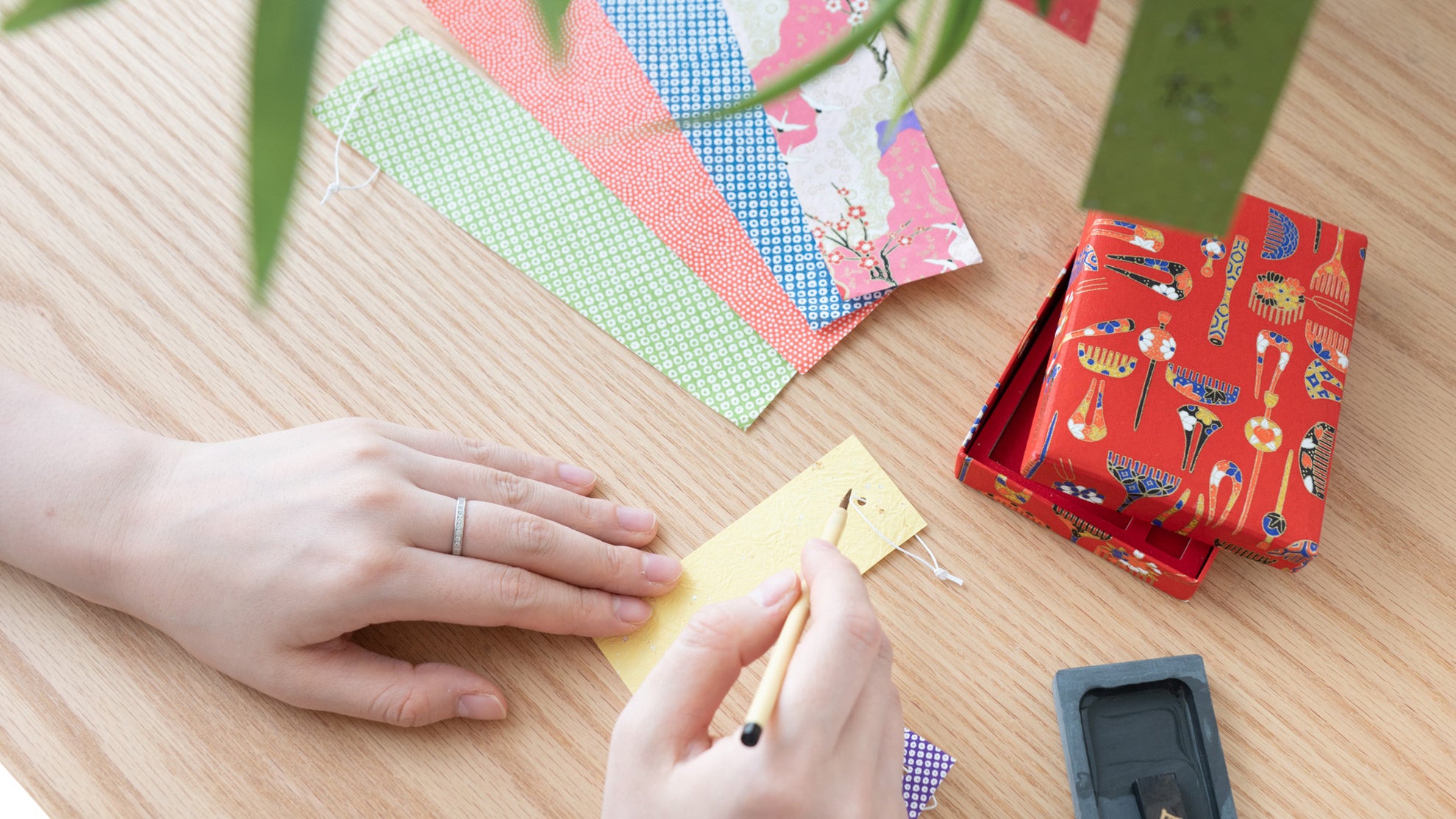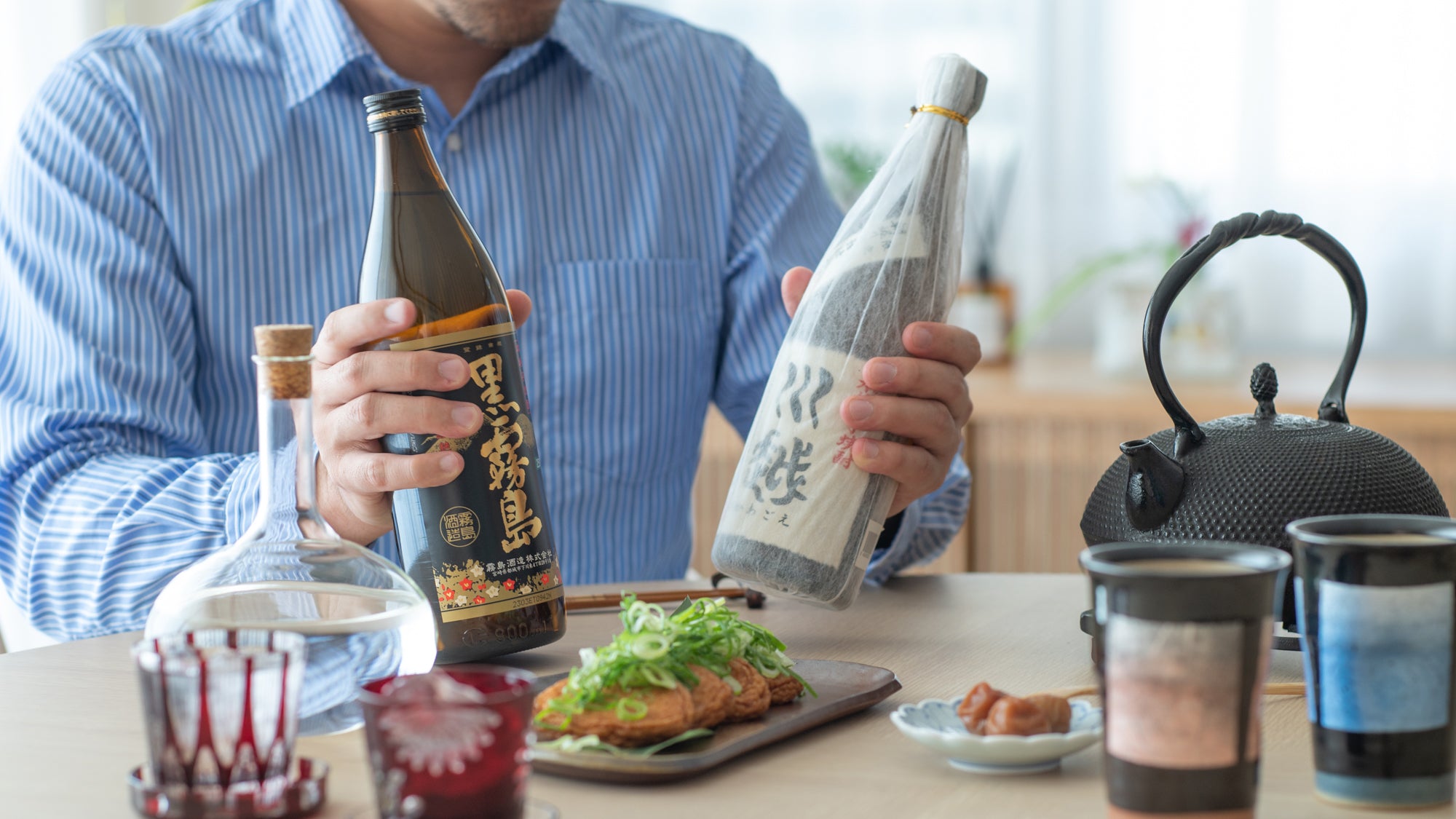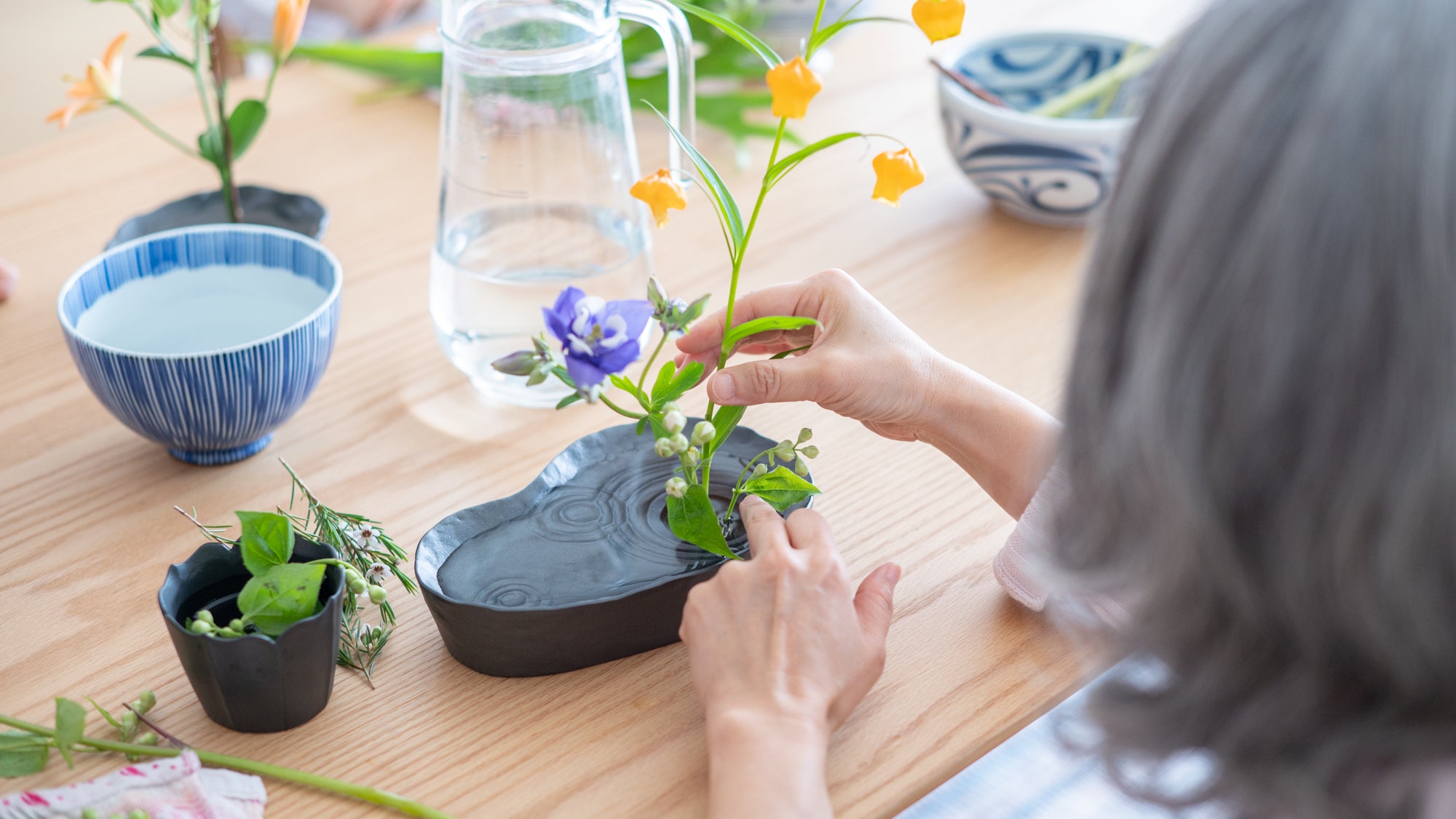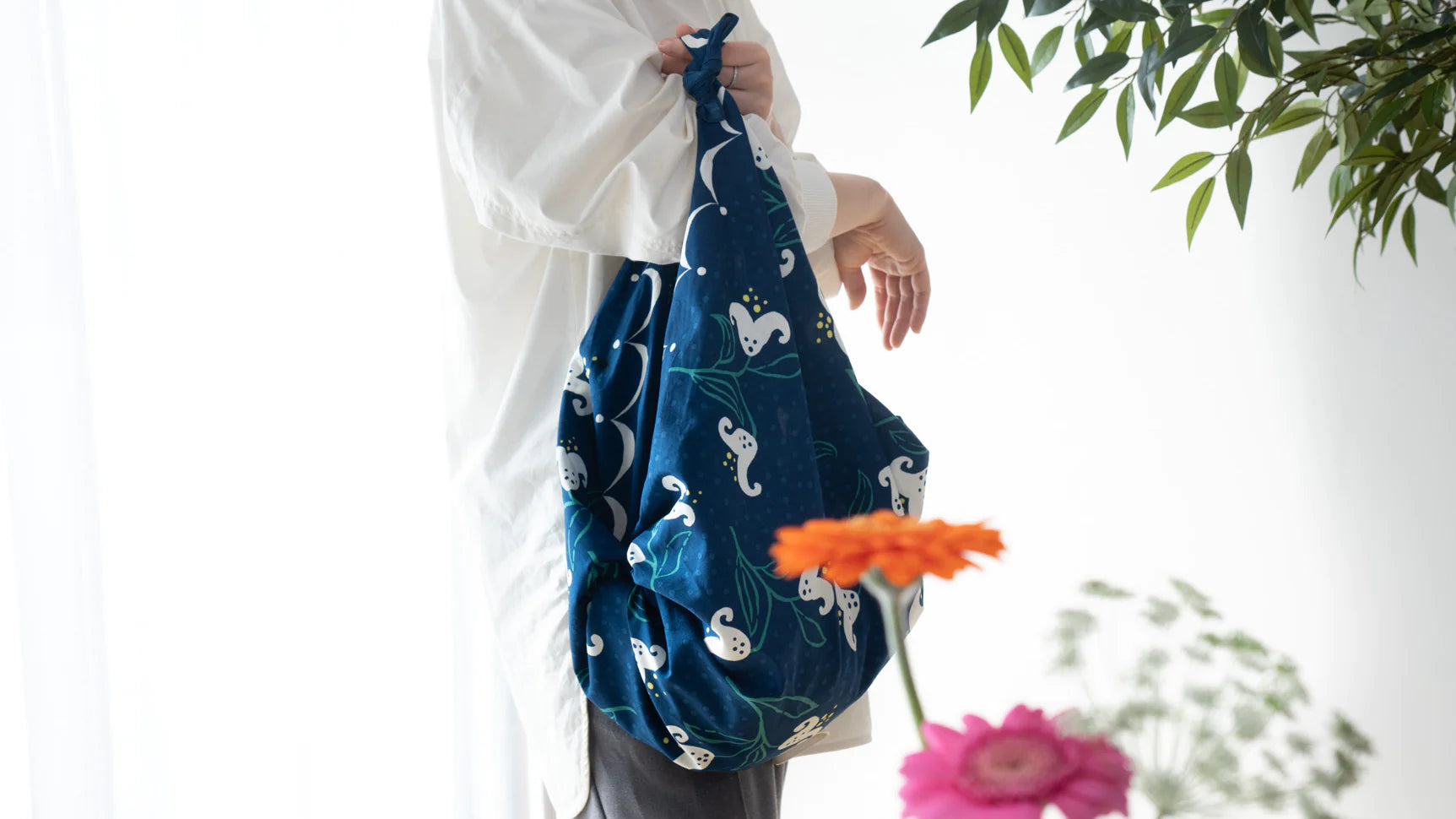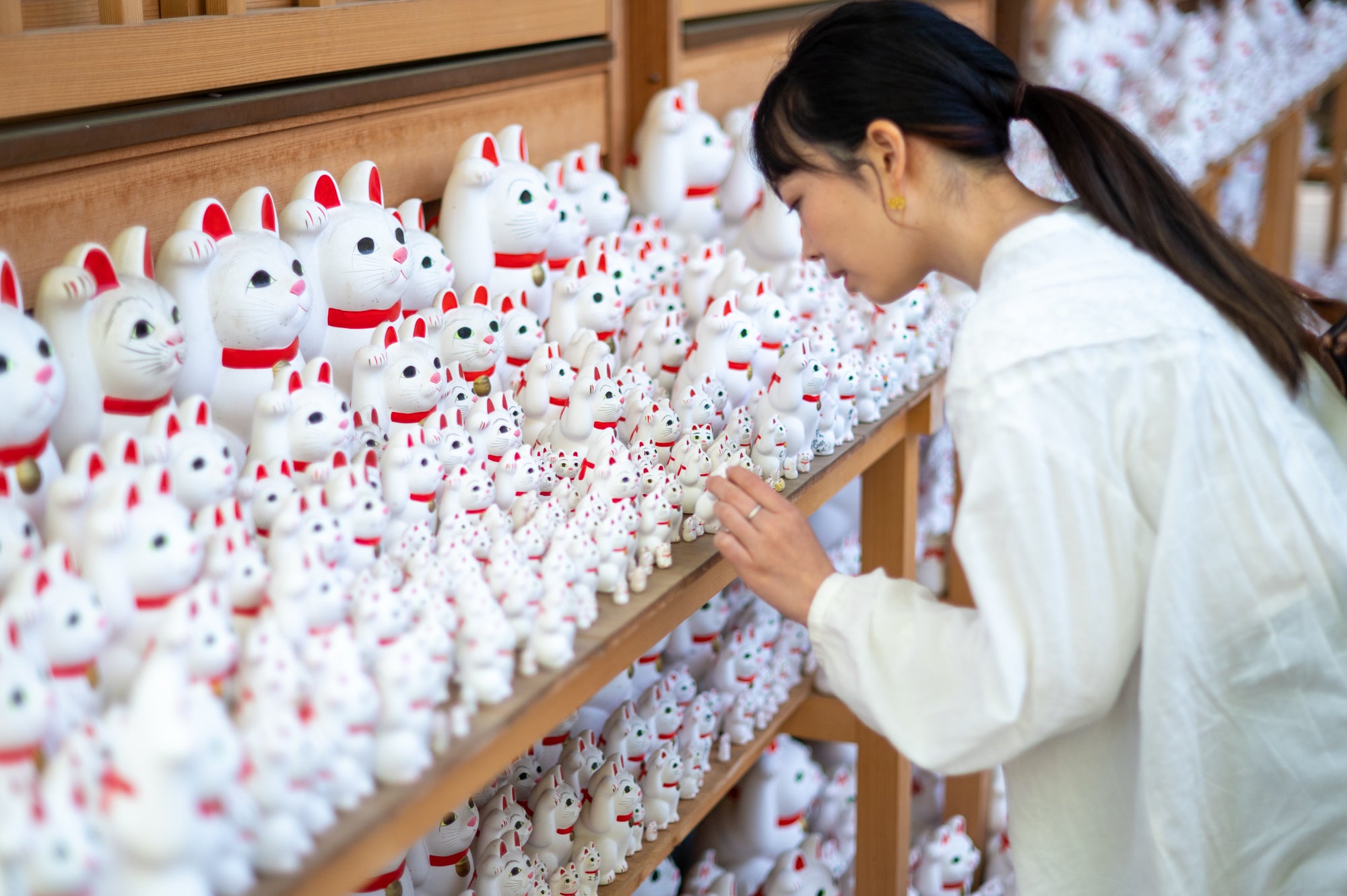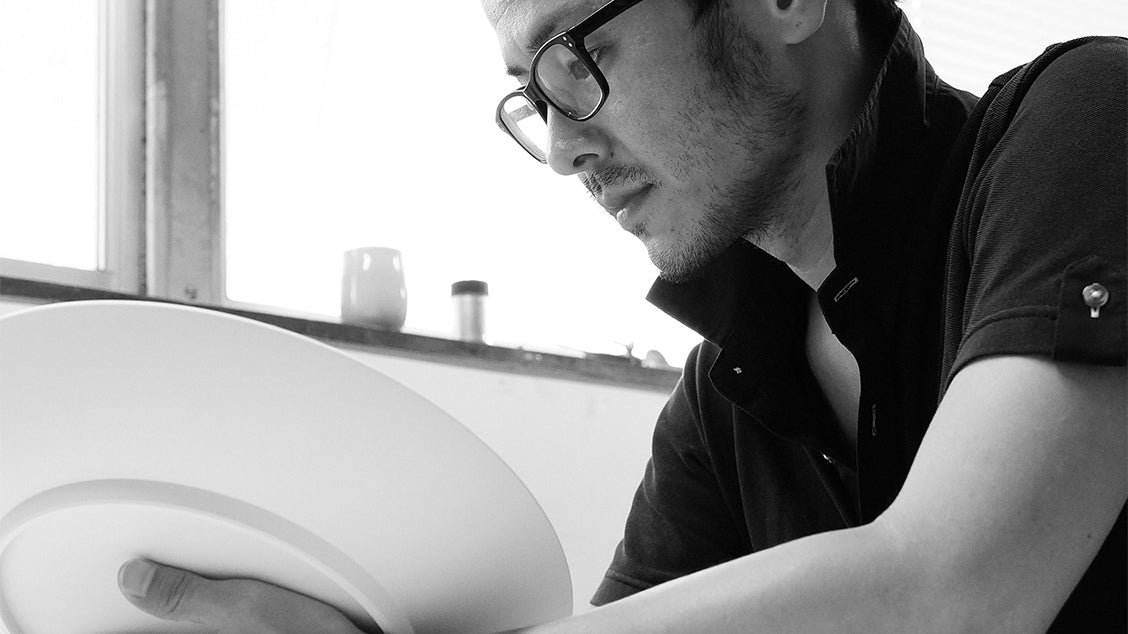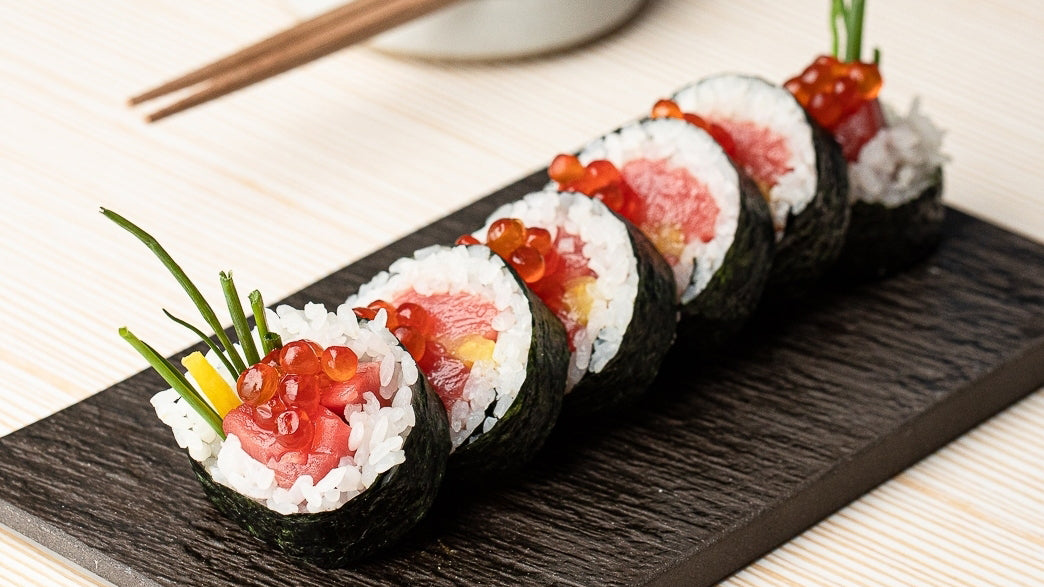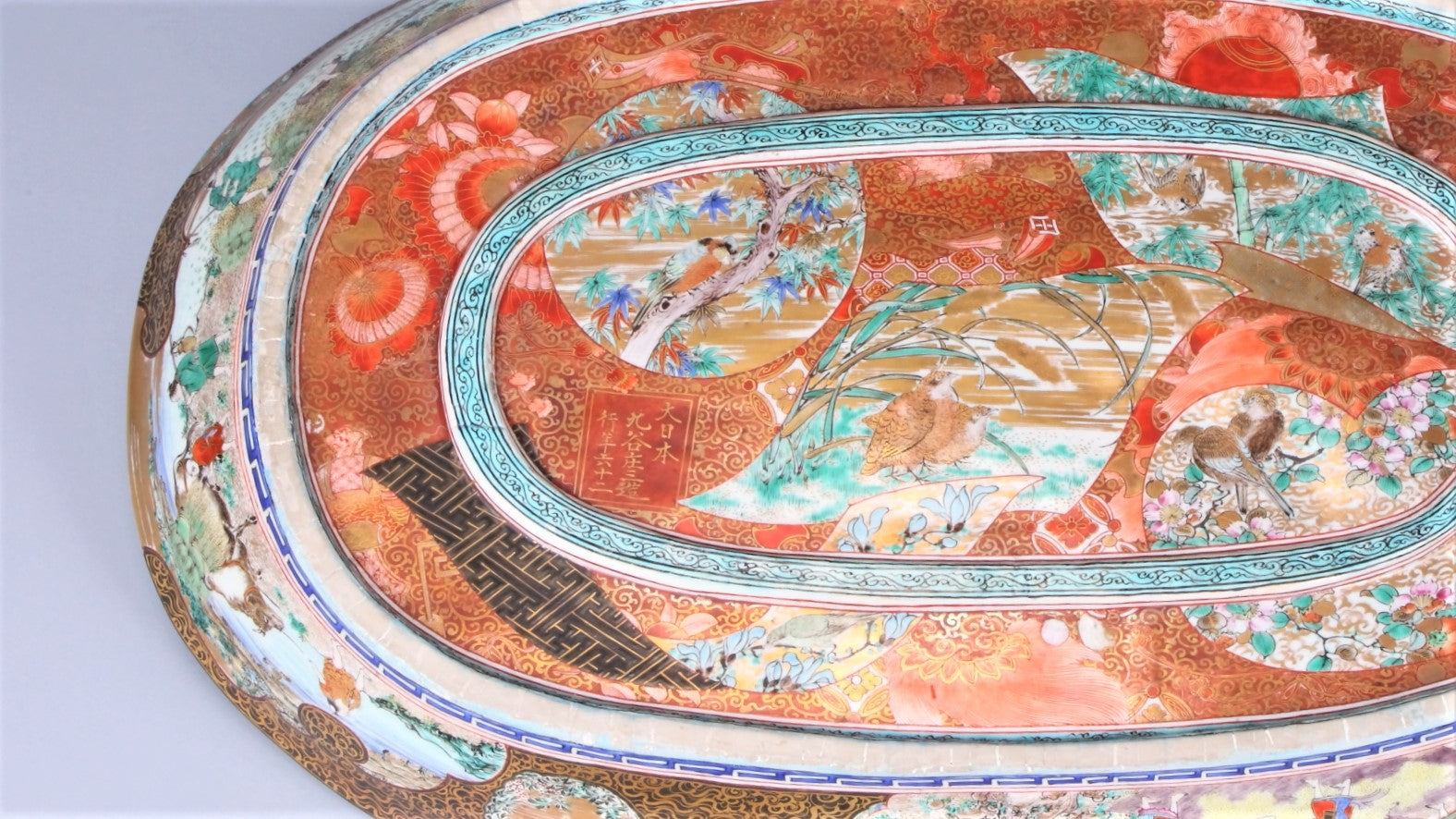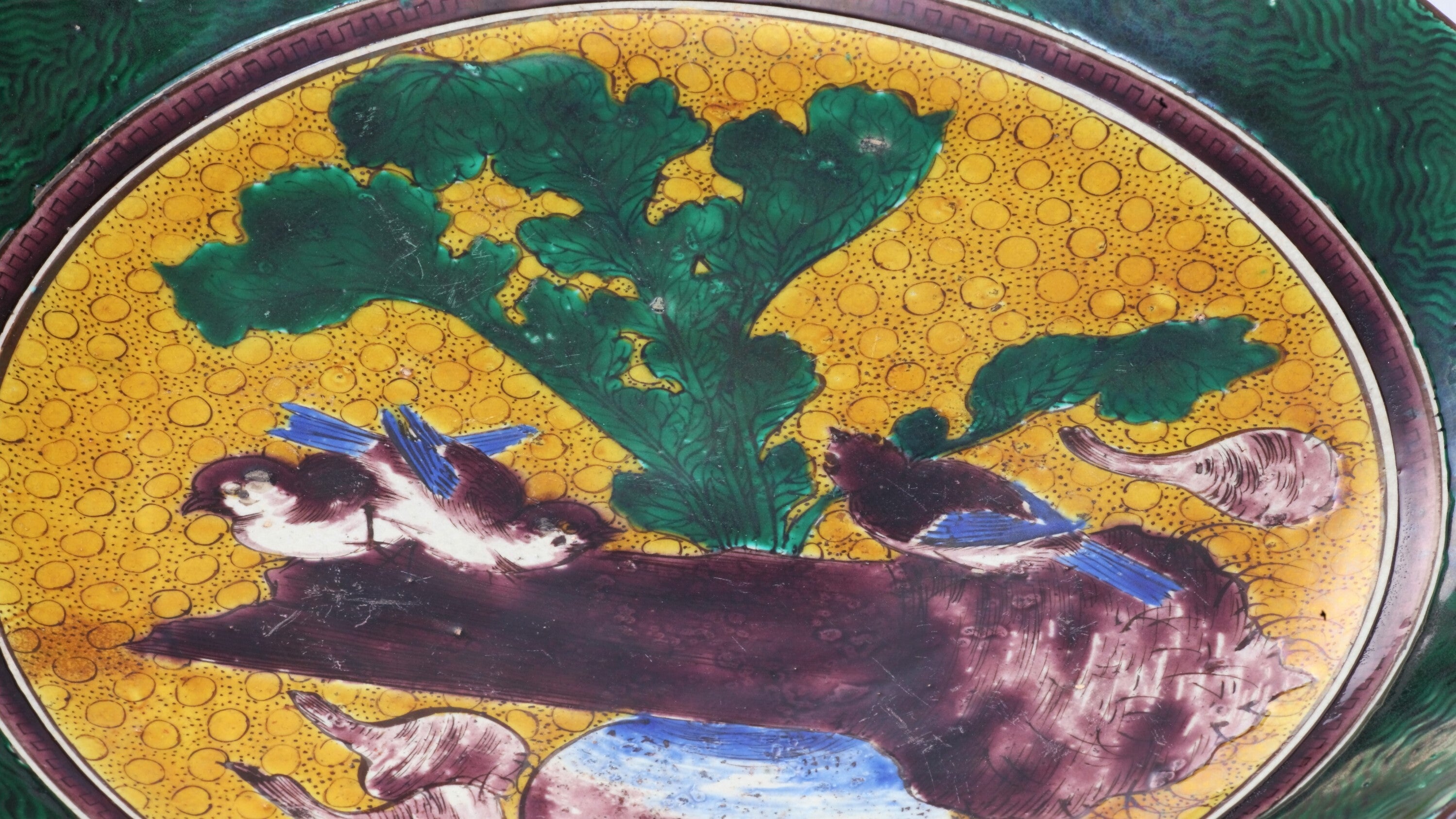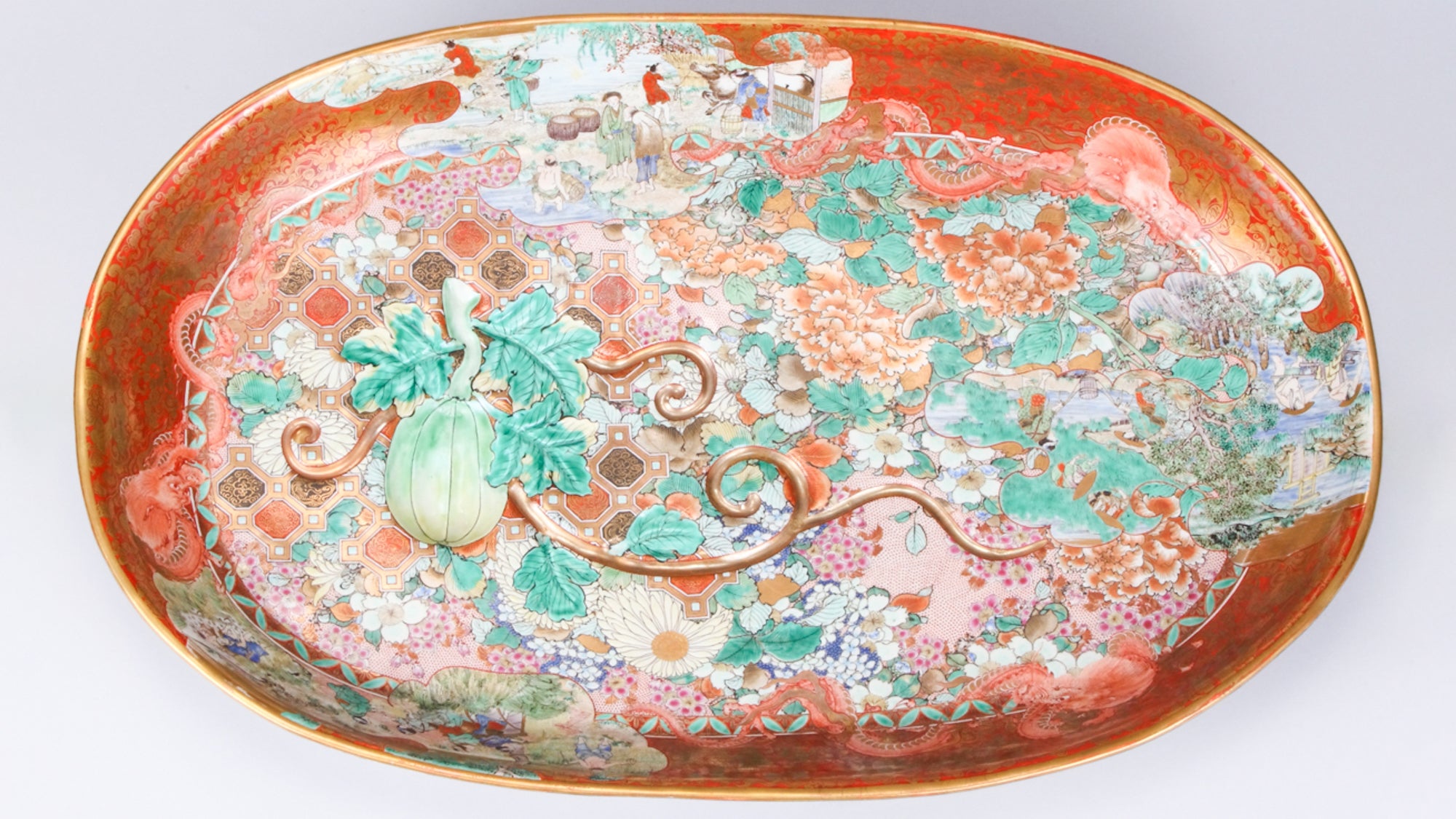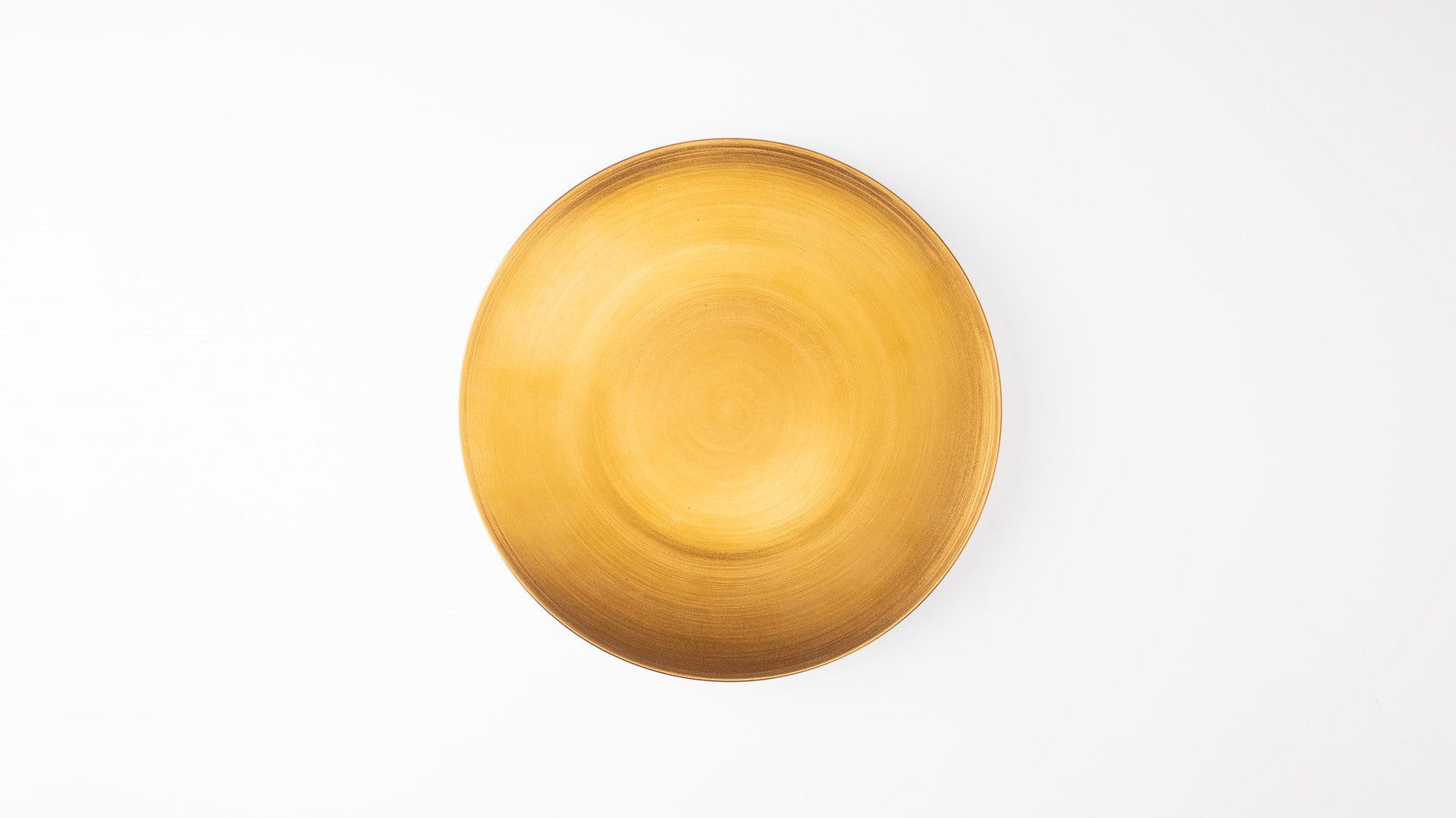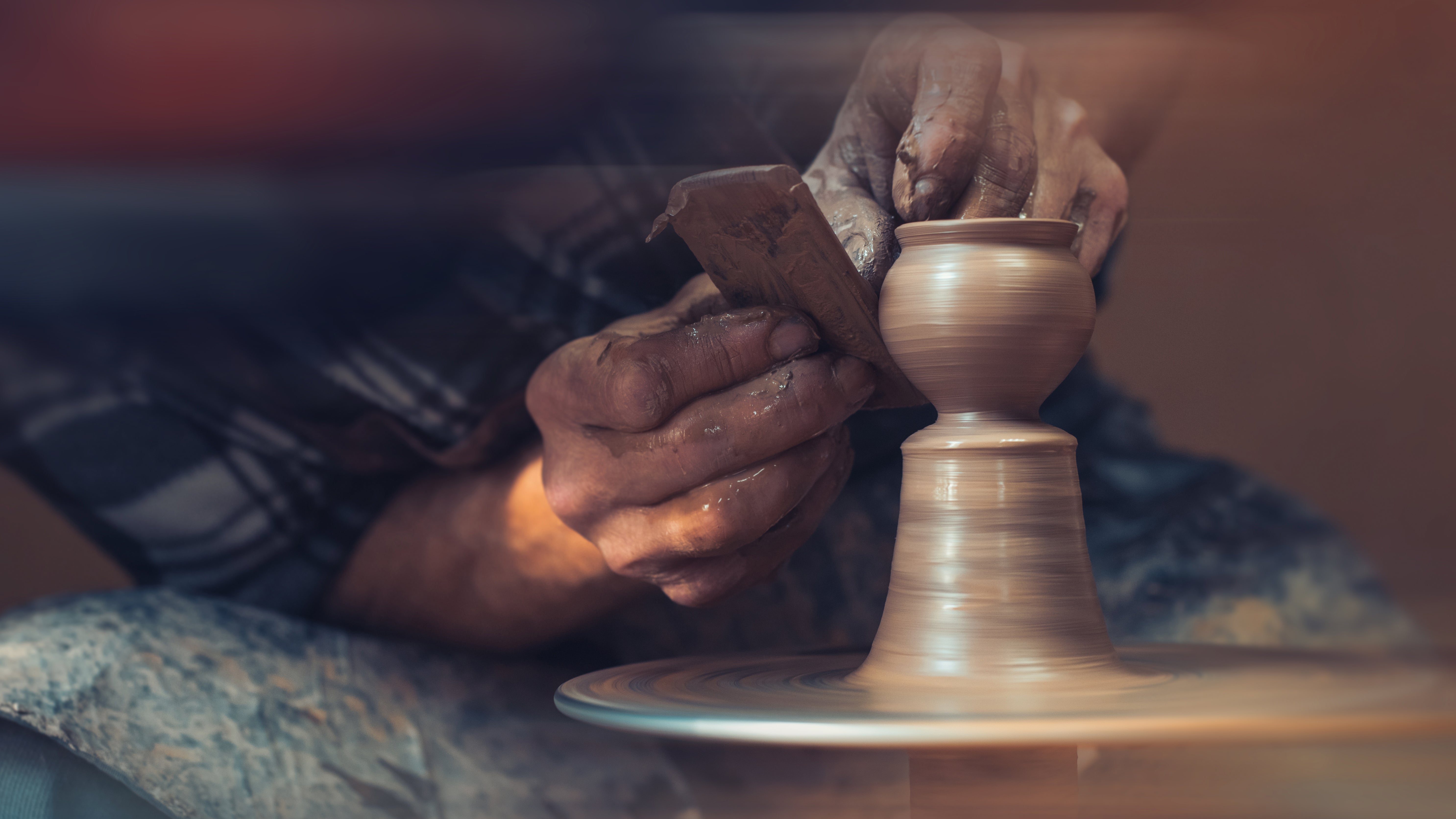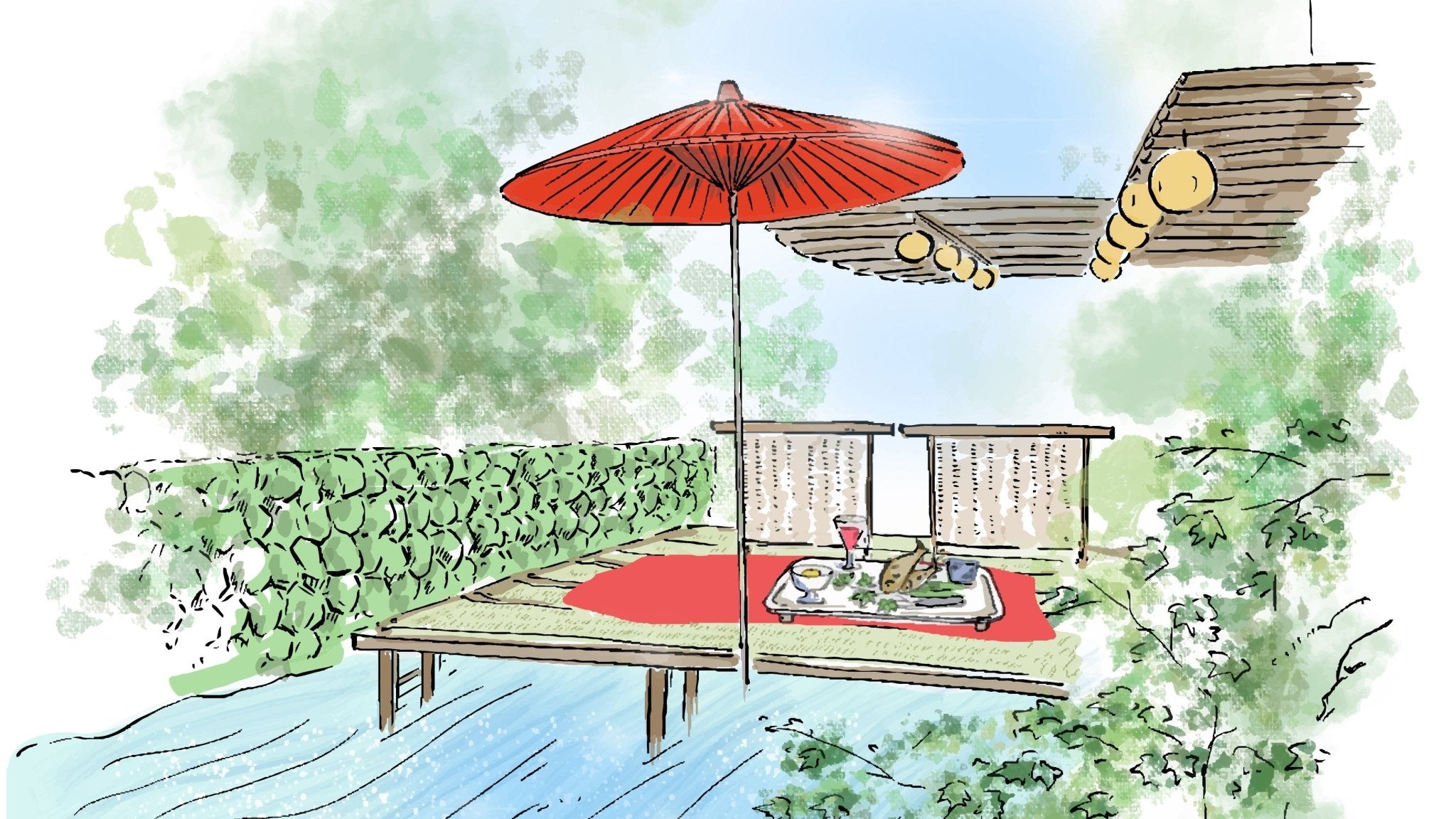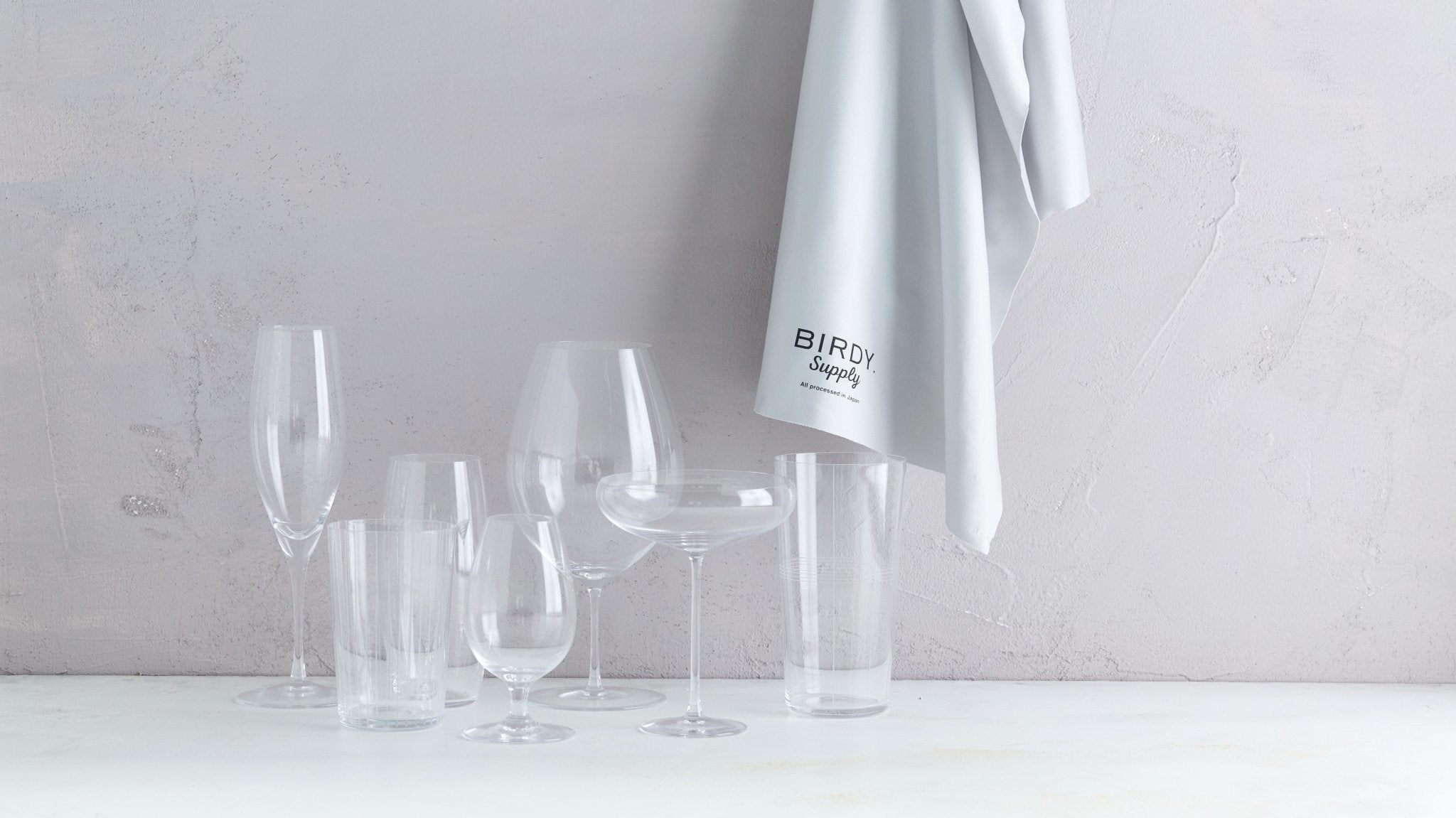13 August 2024
Tsujii Musashi: Crafting Earth's Bounty through Farming and Pottery


In January, Team Musubi traveled to the secluded Musashi Kiln located in Hiyoshi Town, Mizunami City, Gifu Prefecture. The main house and a relatively new workshop lie nestled amidst the mountains in a rural area at the end of a long drive along steep, winding roads.
Tsujii Musashi, an artisan who also cultivates his own farm, creates unique pottery while assisting with his wife’s agricultural endeavors. His works intentionally incorporate natural motifs such as camellias and wheat, reflecting the intimate connection between agriculture and pottery. Both are handiworks that demand time and meticulous care. Through farming, Tsujii experiences the rhythms of nature and the changing seasons, influences that are palpably expressed in the shapes, textures, and colors of his ceramics. His creations not only embody the beauty of nature but also offer moments of serene relaxation, as if one is enveloped by the tranquility of the natural world.
Contents
- The Path to Becoming an Artisan
- Unique Artistic Style and Commitment
- Incorporating Agricultural Experience into Pottery
- Designs Inspired by Nature
The Path to Becoming an Artisan
Tsujii’s first encounter with the world of pottery was during his time at university, where he was part of the pottery club. At Tokyo Zokei University, he majored in three-dimensional design, such as furniture, and did not study pottery. Instead, he enjoyed working on pieces freely as part of his club activities.
His love for making things led him to a job in the food and beverage industry after graduating from university. After working for a few years, he thought that if he were to dedicate his life to something, it should be pottery. At that time, he didn't particularly aspire to be an artist but wanted to be involved in the pottery industry. He enrolled in the Ceramics department at the Nagoya Vocational Training Institute of Aichi Prefecture, where he spent a year learning about the ceramics industry, including such aspects as mass production techniques and kiln adjustments.

Of the many places across Japan famous for their pottery, his favorite at the time was Aichi Prefecture's Seto ware, and he was captivated by the color and variations of its glazes.
Upon graduating from pottery school, he worked at a mass-production ceramics company for a while. A friend of his, who aspired to be a ceramic artist and had found a job at a handmade pottery studio, told him that they were looking for short-term help. This piqued Tsujii’s interest and he inquired if he could study handcrafted pottery while working at the studio. There he began creating his own pieces and gradually selling them.
He initially established himself as an independent artisan in Gifu Prefecture’s Mizunami City on a small scale, but in 2016 relocated to the town of Hiyoshi.

Unique Artistic Style and Commitment
He was initially drawn to the Seto ware of Aichi, but his current work is also heavily influenced by Mino ware, a prominent craft in neighboring Gifu Prefecture. On first coming to Mizunami City to establish his own workshop, he happened to see an exhibition of pottery by Yashichida Kiln, known for its Oribe ware, which is a type of Mino ware. He was greatly captivated by the deep, beautiful dark green glaze, typical of Oribe ware, and the sophisticated and elegant use of negative space. From this exhibition, he learned about the technique of splashing glaze to create patterns, and he began incorporating this method into his own work.

He adds color to his pieces by splashing green glaze over them using fine tools. When applying the glaze, he aims to infuse the lines with a sense of movement. The results vary depending on the pressure he applies and the consistency of the glaze. The process is challenging, as it’s difficult to achieve precision—the lines can become too straight, too thin, or too thick. He continually strives to improve his technique with each piece in order to achieve better results.

He also appreciates the slightly softer atmosphere of Mino ware and consciously tries to evoke that in his work. "I want those who use my pieces to feel warmth and a sense of relief," he says.
He also makes sure that his pottery is not too heavy by taking care to make his pieces as light as possible without significantly compromising their strength. The level of thinness achieved is a distinctive feature of using a potter's wheel, making his pieces lightweight and easy to hold. The warmth of the colors and shapes of his handcrafted pottery result in items that can be cherished for a long time.
Incorporating Agricultural Experience into Pottery

He began farming after getting married, deciding to help Satoko, his wife who had been managing it alone. What farming and pottery have in common is the act of creating something using one's hands and body. He eats the produce he grows on the dishes he makes. "Produce comes from the earth, and so does pottery. In that sense, they are the same."

The area where he lives is a pottery-producing region, so clay used for making dishes is readily available. He procures high-quality clay from a local clay shop. Currently, he mixes three types of clay to create his pieces. He also makes pottery using black clay. Every day he experiments with different methods, makes slight adjustments and tests the results. He finds it fascinating how the combination of clay and glaze and the firing process can significantly change the colors.
Designs Inspired by Nature

He actively incorporates natural motifs into his works. For example, he enjoys painting camellias, a classic design often depicted on pottery. His original motif is wheat, and when asked why he began drawing it, he recounts, "now that I'm also engaged in farming and actually growing wheat, I thought it would be interesting to incorporate wheat as a motif." Before he began farming, he had never really looked closely at wheat, but farming provided him with new ideas.

At this time, he has taken on new challenges, such as devising new motifs and increasing his currently limited variety of shapes, by making ones he has never made before. He also wishes to create a lineup of pieces that are of the same shape but different designs, offering his customers even further variations to choose from.
While he is influenced by regional traditional techniques such as Seto ware and Mino ware, he creates his works by trusting his own instincts. As an artist with farming experience, he produces pottery endowed with his own unique warmth. He invites people to pick up his pieces to feel their lightness and enjoy their natural colors.
View Musashi Kiln Collection




























































